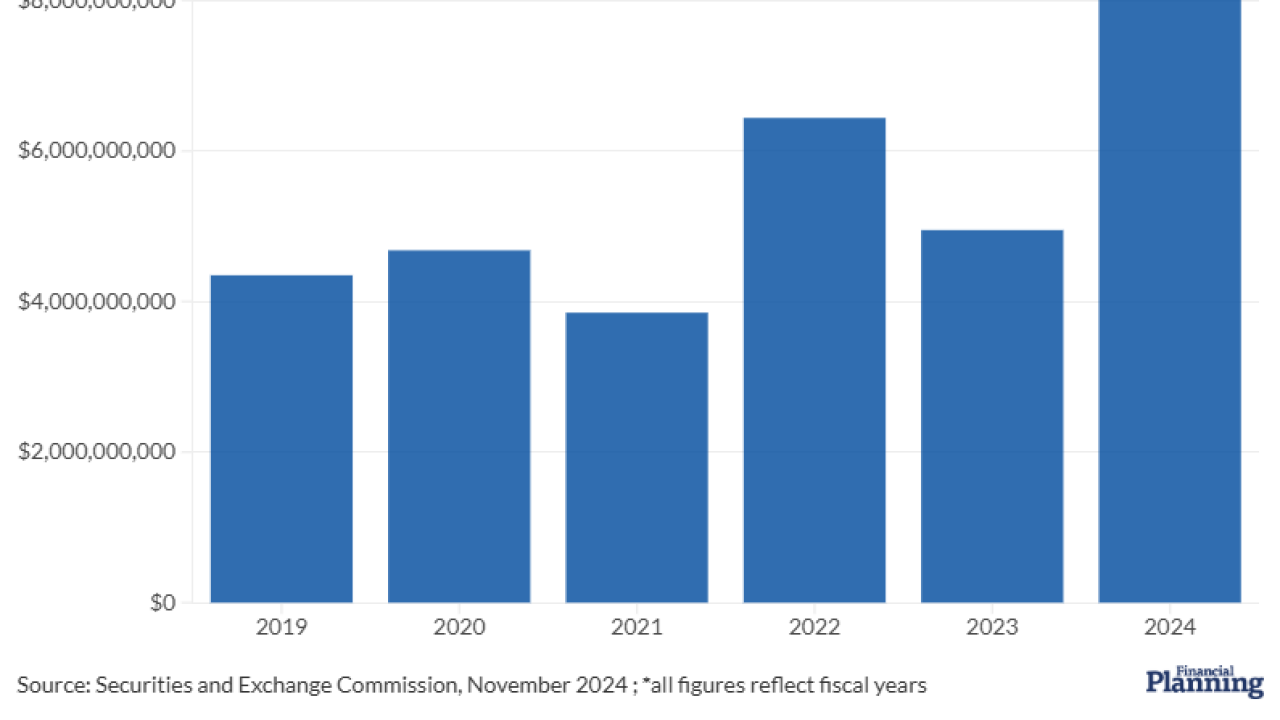After signs that an outflow of financial advisors over the last several years
The San Francisco-based megabank announced after releasing its
The base of
Those vanishing figures stole the spotlight — from a wealth management perspective — of CEO Charlie Scharf's comments on the banking crisis and Wells Fargo's role as one of the larger banks taking measures to mitigate the impact on the larger economy. The firm shored up First Republic Bank with an uninsured deposit of $5 billion that reflected "our confidence in the country's banking system and to help provide First Republic with liquidity to continue serving its customers," Scharf said in his prepared remarks on a call with analysts.
"We're glad that the work we have completed over the last several years has put us in a position to help support the U.S. financial system," Scharf said,
"We believe banks of all sizes are an important part of our financial system as each is uniquely positioned to serve their customers and communities," he continued. "It's important to recognize that banks have different operating models and that the banks that failed in the first quarter were quite different from what people think of when they think about the typical regional bank. These particular banks had concentrated business models with heavy reliance on uninsured deposits. Our franchise and those of many other banks operate with a broader business model and more diversified funding sources."
In terms of wider economic reverberations, Scharf said the firm is "carefully watching customer behavior for clues" into client activity, delinquencies and "pockets of risk" such as commercial office real estate loans. The firm is preparing for a range of scenarios based on forecasts that economic growth will slow in 2023.
For the key wealth management takeaways from Wells Fargo's first-quarter earnings, scroll down the slideshow.
Note: Unless otherwise noted, all metrics below refer to Wells Fargo's Wealth and Investment Management segment, which is the home of Wells Fargo Advisors, Wells Fargo Advisors Financial Network, Wells Fargo's private bank and its custodian. The company doesn't break out metrics specific to those parts of its business.





